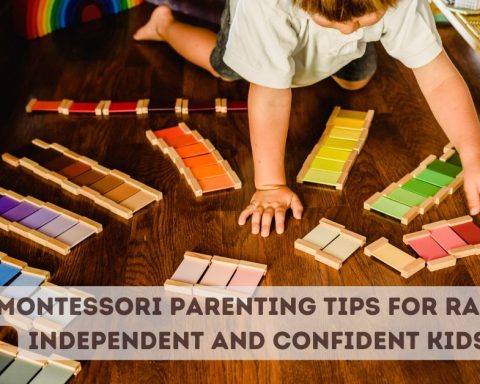A parenting plan is a legal document established by the court or by a child’s parents to govern the behavior of both parents in dealing with child custody, parental responsibility, and visitation.
A parenting plan strives to put the interests and well-being of the child first and addresses specific concerns, such as the child’s education, health care, and emotional support. It is usually established by parents who are divorced in an attempt to minimize the effects of the divorce on the child and to prevent parental conflicts.
Also, read on this website:
- How to Write a Parenting Plan?
- What is A Parenting Plan?
- How to File a Parenting Plan in Washington State?
In addition, a parenting plan helps avoid cases of neglect since parents are bound by the court to carry out their roles effectively.
What Is Included in a Parenting Plan?
Specific clauses outline the various terms and conditions of a parenting plan. A study of parenting plans determined that any parenting plan should include the following parts:
- Visitation schedule. Once parents part ways, the child usually lives with one of the parents. A visitation schedule lays out the specific days and times when the second parent can visit the child.
- Schedules for holidays and breaks. A parenting plan should clearly state what each parent’s responsibilities are when the child is not in school.
- Child-care requirements. A parenting plan should include the specific requirements and responsibilities for each parent concerning the child’s medical care, education, and cocurricular activities.
- Change of schedule. A parenting plan establishes the operational procedures to be applied if there are changes to the regular schedule. It should also cover instances of relocation or any other changes that may occur.
- Specific requirements and arrangements. These could include details about specific nutritional needs, medical needs, third-party visitations, vaccinations, religion, allergens, disciplinary methods, and activities in which the child participates.
- Parental involvement. This section tells how much time each parent gets to spend with the child and how both parents will share the daily child-rearing activities. It also largely covers the parental designations in all the spheres concerning the child’s growth and development.
- Communication. A parenting plan should outline how the parents and the child will communicate. Phone calls, emails, and letters are some examples.
Divorce and separation occur due to differences in the parents’ ideologies and personalities. Parents should take it upon themselves to ensure their differences do not affect their children and make the transition as easy as possible. According to research by parenting experts, parenting plans are a critical part of child-rearing for parents who are divorced and should mainly focus on the child’s well-being.
References
Kisthardt, Mary Kay. “The AAML Model for a Parenting Plan.” Journal of the American Academy of Matrimonial Lawyers 19 (2004): 223. Retrieved from https://bit.ly/2w0HX2M
Pruett, Marsha Kline, Rachel Ebling, and Glendessa Insabella. “Critical Aspects of Parenting Plans for Young Children: Interjecting Data into the Debate about Overnights.” Family Court Review 42, no. 1 (2004): 39–59. Retrieved from https://onlinelibrary.wiley.com








